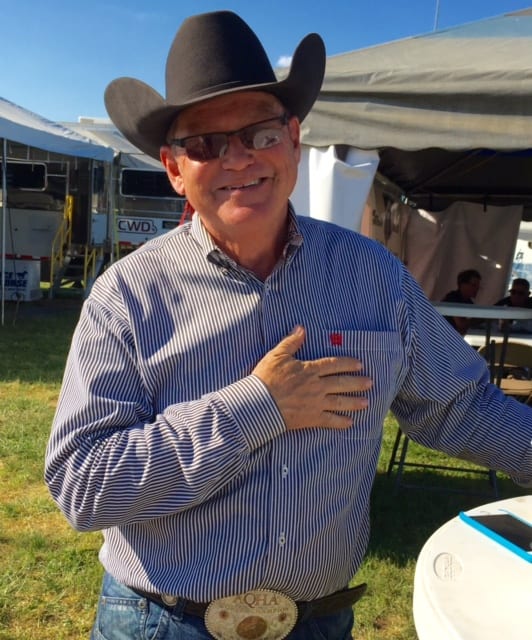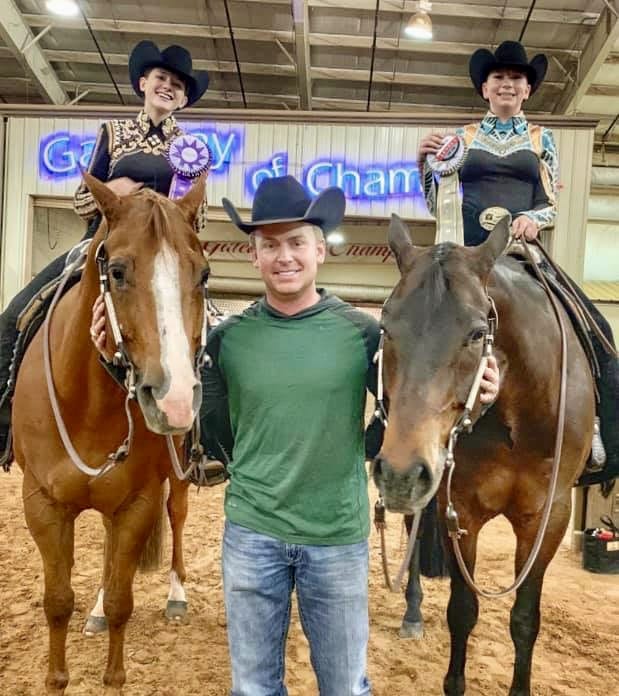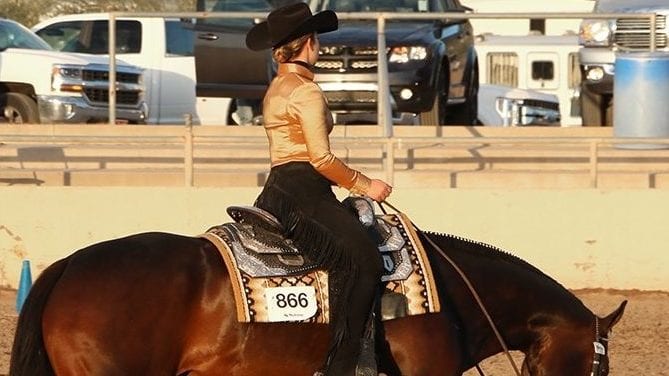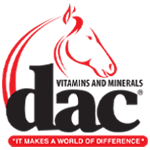Downward transitions. They are so crucial to any pattern classes, but they are often a neglected portion of pattern work. We talked to multiple World and Congress Champion trainers, Reid Thomas and Michael Colvin, about how they prepare their clients for this maneuver.
 AQHA Judge Michael Colvin (pictured right) explained that pattern classes are all about transitions.
AQHA Judge Michael Colvin (pictured right) explained that pattern classes are all about transitions.
“It is essential because all of your pattern classes are all about transitions. You certainly have maneuvers to do, lead changes or turns or stop and back, but it is still basically all about transitions working, both going up and down. So, I think of that as an important part of it. You have to master that because it will come into play even with, for example, a simple lead change. It is merely loping on one lead and transitioning down to the trot and then transitioning back up to the other lead. They are going to come into play in every pattern you do. So, I think you have to have those mastered.”
In pattern classes, riders need to keep in mind the importance of each transition and how they can affect their overall pattern. Texas trainer Reid Thomas (pictured below) discussed how, in practice, he has his clients dissect the pattern into pieces. Thomas has his clients work each portion of the pattern separately so they can work on each transition.
 “We do not practice it in the exact pattern that we have to show. So, say it is a lope to trot transition, for example, and we will just ride a straight line in practice and work on that in different areas or a square. And then once they feel like they connected with their horse and taught their horse what they want without teaching their horse to anticipate it, we will move on from there.”
“We do not practice it in the exact pattern that we have to show. So, say it is a lope to trot transition, for example, and we will just ride a straight line in practice and work on that in different areas or a square. And then once they feel like they connected with their horse and taught their horse what they want without teaching their horse to anticipate it, we will move on from there.”
Breaking down a pattern into portions is essential when practicing. This helps riders to dissect each transition and movement to learn what a smooth transition is. Colvin explains that the best way to get ready for pattern classes is to practice.
“I think you just have to practice them. It is a little bit of timing, and you have to condition your horse to do it. Horses learn through repetition, so if you do them too much and multiple sequences in one moment, then they might just start breaking on their own. You have to have a good determination of when enough is enough for your horse. But, I think you have to do them a few times, so the horse catches on. And then you have to work on when you are going to do them and how often you are going to do them. But, I think you do have to repeat them a few times so that the horse catches on.”
Though practicing is essential, both Thomas and Colvin agree that practicing a specific portion of the pattern too much could also become an issue. The horse could begin to anticipate your actions.
Thomas discussed the importance of the body’s position when working on your transitions. “I have been coaching the kids and the riders lately that they need to focus on two specific areas of their seats. You have the area that is connected to the tack, that is one. And then they need to focus on where the position of their hips are, that is two. And when I have dissected it into your lower seat, that can have a conversation separate from your upper hips having this conversation. It gets into the manipulation and the use of your pelvis to talk to the horse.”
Thomas explained that body position in down transitions is based on the rider’s hips. He emphasized that the horse will respond directly to your body’s position in each pattern movement. Thomas illustrated that focusing on a box to center your gravity will help your position.
“When you think about it like that, it is like common sense. You are like, come on, get to the center of gravity in the tack, get to the middle of your horse. I focus on a box. You sit in the middle of the box and ride your horse on those transitions to the middle of the box. Is it getting ahead of the box? Behind the box? To the side of the box? And that takes a weak rider, and all of a sudden, they have this visualization of like oh, I didn’t know why my horse was guiding left and not transitioning down. But now, I have a visual aid to try to work it back to the middle of my body, to the center of my gravity, and the center of my box.”
The overwhelming advice from trainers about downward transitions is to just practice and focus on parts of the pattern. Practice also gives riders the opportunity to develop their understanding of each type of transition. A better grasp of how an up or downward transition happens in conjunction with the rider’s body can give a rider the opportunity to fine-tune their position and learn from their horse’s movements. Practice makes perfect when working on transitions.








